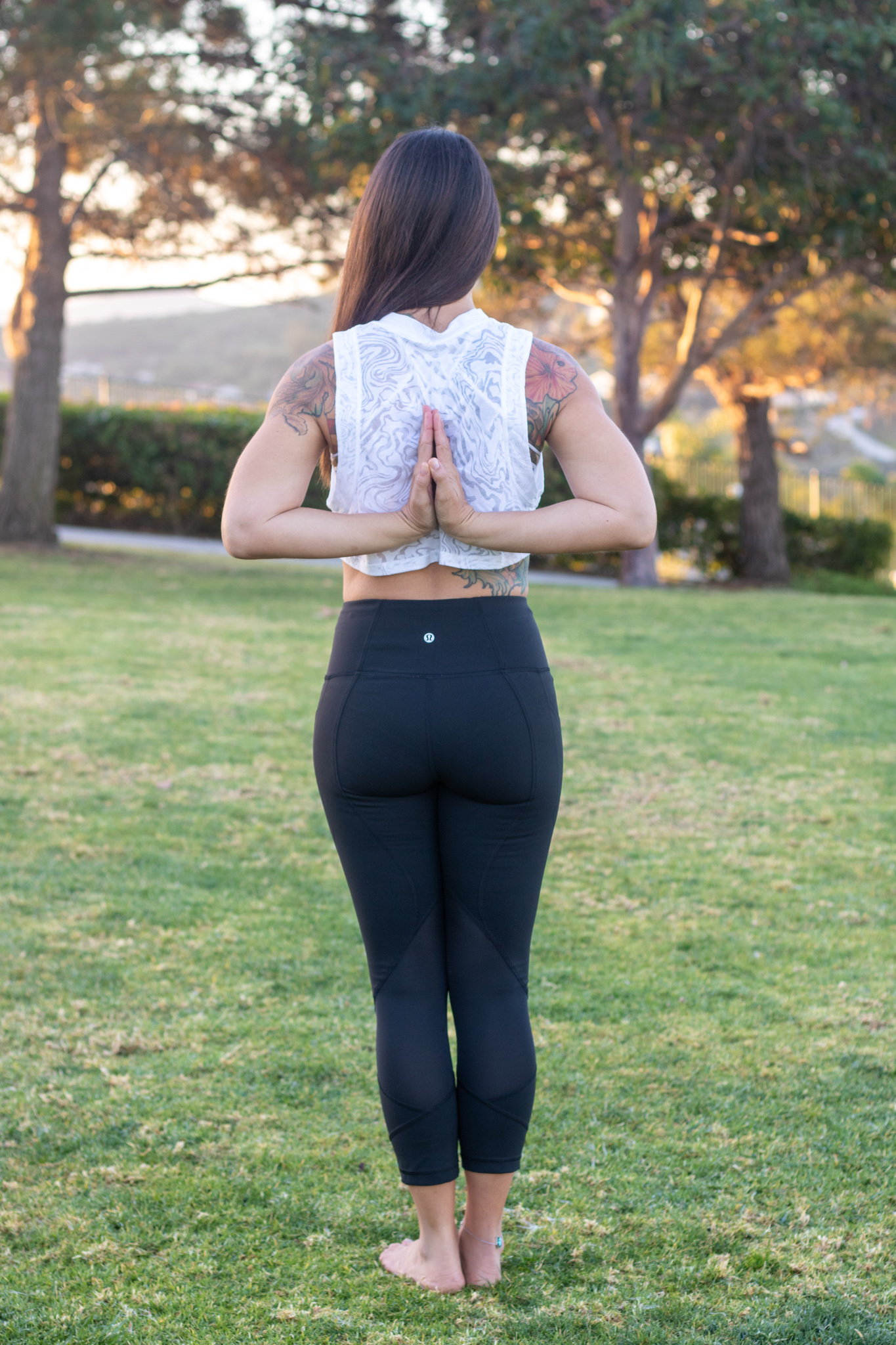In the world of yoga, where a myriad of styles and practices flourish, Ashtanga Yoga and Ashtanga Vinyasa stand out as dynamic and transformative paths that invite practitioners to embark on a journey of self-discovery, strength, and flexibility. While the names may sound similar, each practice carries its own distinct essence, philosophy, and approach. This article explores the intricacies of Ashtanga Yoga and Ashtanga Vinyasa, shedding light on their unique characteristics and guiding individuals on a quest to understand the differences between these two profound disciplines.
The Roots of Ashtanga Yoga
Ashtanga Yoga, often referred to as the “Eight-Limbed Path,” traces its origins back to the ancient sage Patanjali’s Yoga Sutras. It is a holistic and structured practice that encompasses a comprehensive framework for living a balanced and harmonious life. Ashtanga Yoga goes beyond the physical postures (asanas) to embrace ethical principles, breath control (pranayama), meditation, and contemplation. This traditional practice is a disciplined and systematic approach, guiding practitioners towards self-realization, inner peace, and unity with the divine.
At the heart of Ashtanga Yoga lies the concept of sequencing. The practice follows a specific sequence of asanas, categorized into six series, each building upon the previous one. This sequence remains consistent, allowing practitioners to develop a deep sense of familiarity with the postures and experience their evolving connection with body, breath, and mind. The disciplined approach of Ashtanga Yoga cultivates focus, endurance, and self-discipline – qualities that extend beyond the mat and into daily life.
Ashtanga Vinyasa
Ashtanga Vinyasa, often referred to simply as Vinyasa or Vinyasa Flow, is an offshoot of Ashtanga Yoga that embraces a more fluid and creative approach. While rooted in the principles of Ashtanga, Vinyasa introduces an element of dynamic movement and continuous flow. The term “Vinyasa” translates to “breath-linked movement,” highlighting the emphasis on coordinating breath with movement to create a seamless and rhythmic practice.
Unlike the fixed sequence of Ashtanga Yoga, Vinyasa offers a canvas for teachers to craft their sequences and sequences can vary widely from class to class. This flexibility allows for creative exploration and personalization, making Vinyasa a popular choice for practitioners who seek variety and spontaneity in their practice. While the foundational principles of Ashtanga remain, Vinyasa invites practitioners to find their unique rhythm, adapt the practice to their needs, and experience the fluid dance of body and breath.
The Distinctive Threads
While both Ashtanga Yoga and Ashtanga Vinyasa share the common lineage of Ashtanga, they diverge in their approach and emphasis. Ashtanga Yoga emphasizes structure, consistency, and the disciplined exploration of the traditional sequence, fostering depth and mastery over time. On the other hand, Ashtanga Vinyasa infuses creativity, adaptability, and a sense of playfulness into the practice, encouraging practitioners to flow through sequences that may vary from class to class.
Ashtanga Yoga and Ashtanga Vinyasa stand as distinct yet interconnected paths within the tapestry of yoga. Ashtanga Yoga offers a traditional and disciplined framework for holistic well-being and spiritual growth, while Ashtanga Vinyasa infuses the practice with a sense of fluidity and creative expression. Whether drawn to the structured elegance of Ashtanga Yoga or the dynamic flow of Ashtanga Vinyasa, practitioners have the opportunity to explore the threads of tradition and innovation, weaving their unique journey towards self-discovery, strength, and inner harmony.

